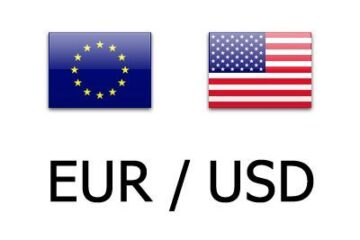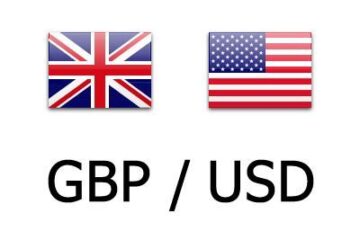Unfortunately for new car buyers, 2025 has been a seller’s market.
For the past few years, dealers have been working through a backlog of inventory, relying on deals and low prices to help move cars.
Supply chain and demand issues during the pandemic reversed a decades-long decline in U.S. car inventory that lasted until summer 2024, according to U.S. Bureau of Economics data.
Related: Elon Musk fulfills a promise he recently made to Tesla investors
Since last summer, inventory has dropped, while prices have leveled off after rising sharply for two years during Covid.
However, that changed this year, as the world geared up for the trade war U.S. President Donald Trump was getting ready to launch.
The 25% tariff on auto imports went into effect April 3, right when the spring car buying season normally starts racing, according to Kelley Blue Book.
Since then, there have been production disruptions, and inventory has started piling up at ports, where importers refuse to offload vehicles due to the taxes that will immediately be imposed.
Unfortunately for car buyers, the auto tariffs were applied under Section 232 of the Trade Expansion Act and are not subject to the recent ruling that Trump’s reciprocal tariffs overstepped his authority.
So the duties will remain in place for the foreseeable future.
But price relief for new car buyers could be just around the corner.
Car inventories have jumped sharply since Covid.
Image source: Justin Sullivan/Getty Images
Car prices are rising, and carmakers are scrambling
Different car manufacturers have had different responses to the tariffs.
Mitsubishi said earlier that it will hold its vehicles in port for the foreseeable future.
Domestic producers like Ford and General Motors have said that they support the White House tariff efforts, but that it will be costly for them as well.
“In the absence of material changes to the tariff policy as articulated to date, we anticipate the need to make vehicle pricing adjustments in the future, which is expected to happen with May production,” Ford executive Andrew Frick told employees in a recent memo.
Related: Toyota moves production of popular US sedan to Britain
Meanwhile, April was a tough month for car buyers.
“New-vehicle affordability declined in April to the worst level yet this year, as the bite of higher prices and lower incentives turned around an improving trend,” said Cox Automotive Chief Economist Jonathan Smoke.
“After steady improvements in affordability throughout 2025, we saw a significant setback in April with median weeks of income needed to buy an average new vehicle increasing by a full week.”
Consumers these days are far more price sensitive now than they were during the pandemic, according to KBB, so the firm expects car shoppers “may soon join the [Federal Reserve] in waiting to see what happens,” according to Smoke.
So when is the best time to buy?
According to Kelley Blue Book, the best time to go shopping for a vehicle is at the end of the month, when dealerships are facing more pressure to move inventory.
This is also true for the end of the quarter and end of the year. Moving inventory becomes more important to dealerships during these intervals, so finding a good deal should be easier.
You can also get a good deal on a new car by buying the outgoing year’s model vehicle or waiting for seasonal sales deals like for Labor Day and Memorial Day.
Related: Ford could take drastic measures to combat tariffs, leaked memo says


